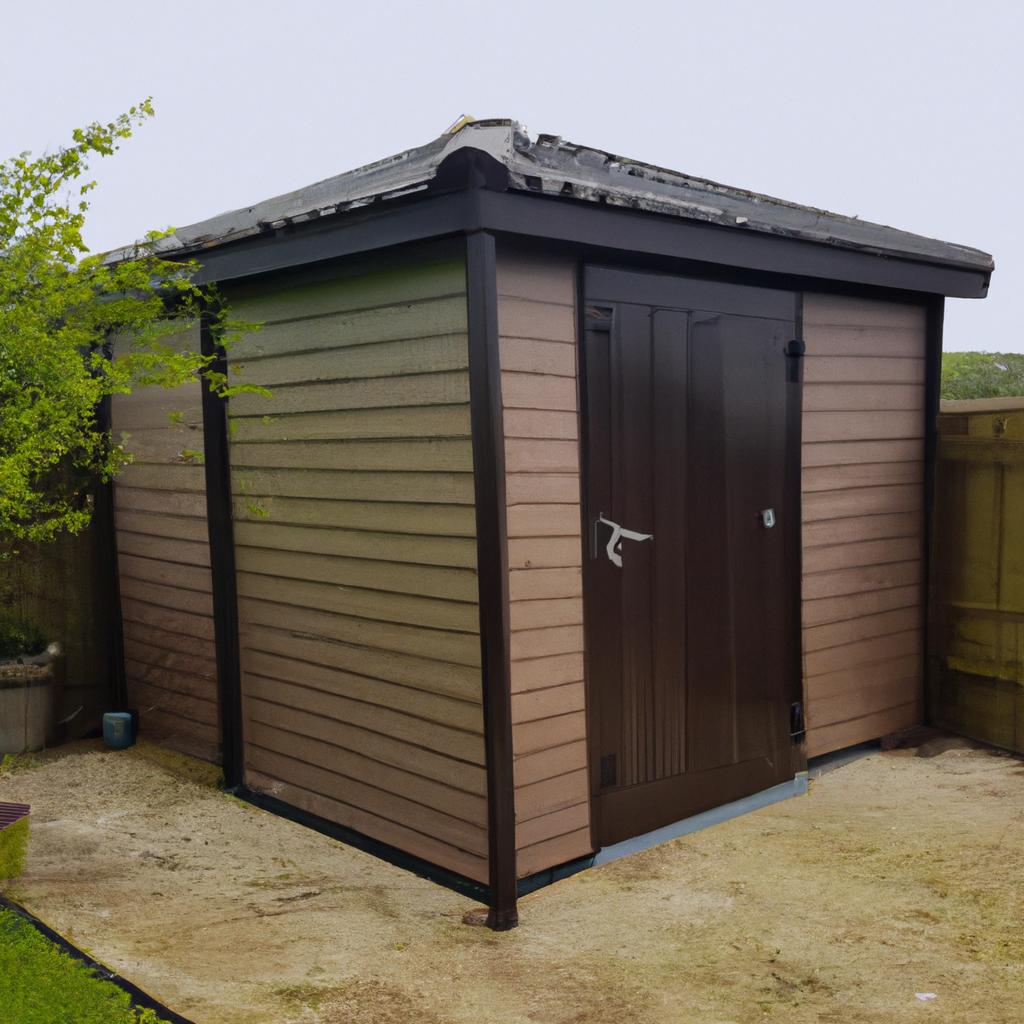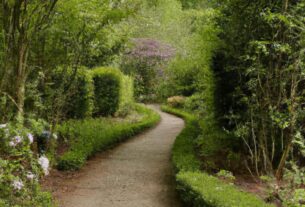If you’re looking to add an extra layer of beauty and functionality to your garden, garden structures are an excellent option. Garden structures come in various sizes, shapes, and styles, and they can enhance outdoor living spaces in remarkable ways. Whether you want to create a cozy spot to relax or a focal point for your garden, garden structures can make it happen. In this article, we’ll explore the different types of garden structures available, the materials used to build them, their benefits, how to select the right garden structure, and how to maintain them.
The Different Types of Garden Structures
There are various types of garden structures available on the market, each with its unique style and function. Let’s take a closer look at some of the most common garden structures:
Pergolas
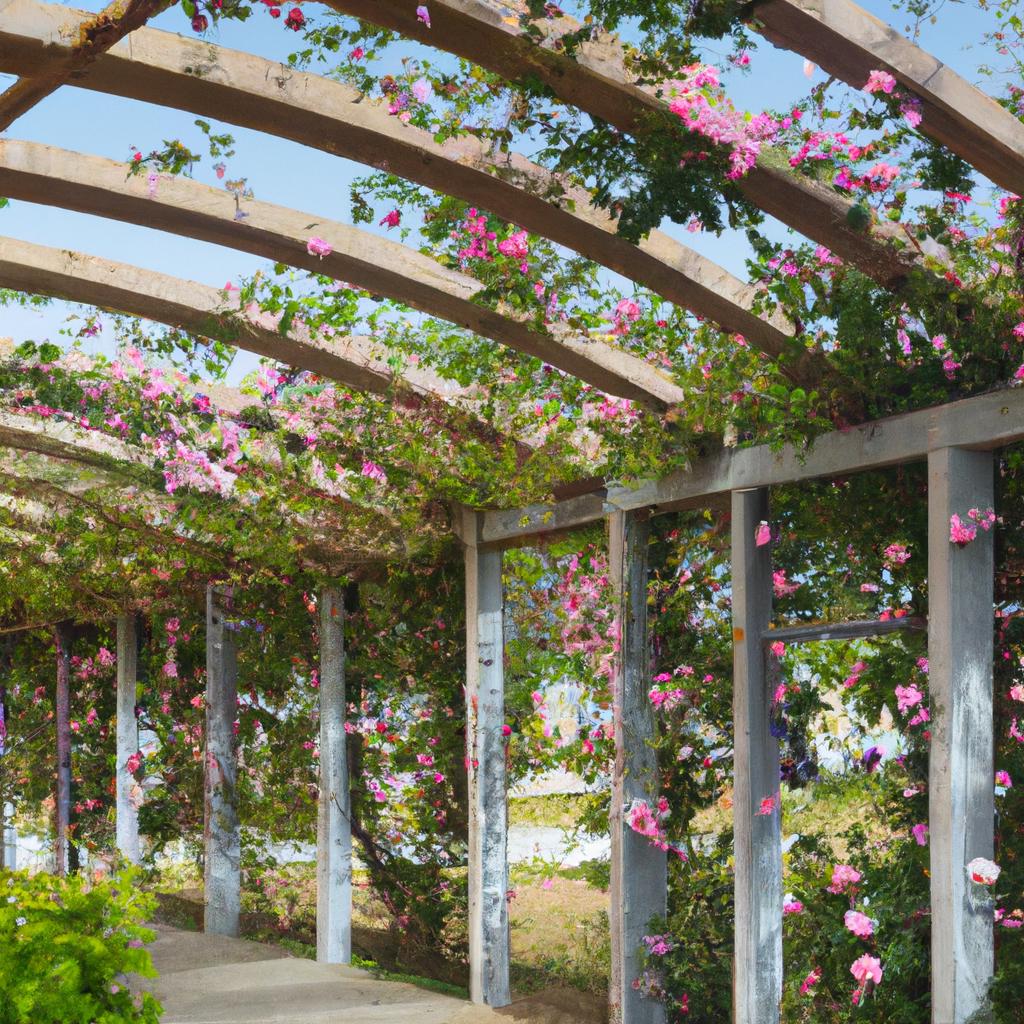
Pergolas are a classic garden structure that has been around for centuries. They consist of vertical pillars that support horizontal beams, creating an open roof structure. Pergolas can be used to cover a walkway, create a shaded seating area, or support climbing plants like vines.
Arbors
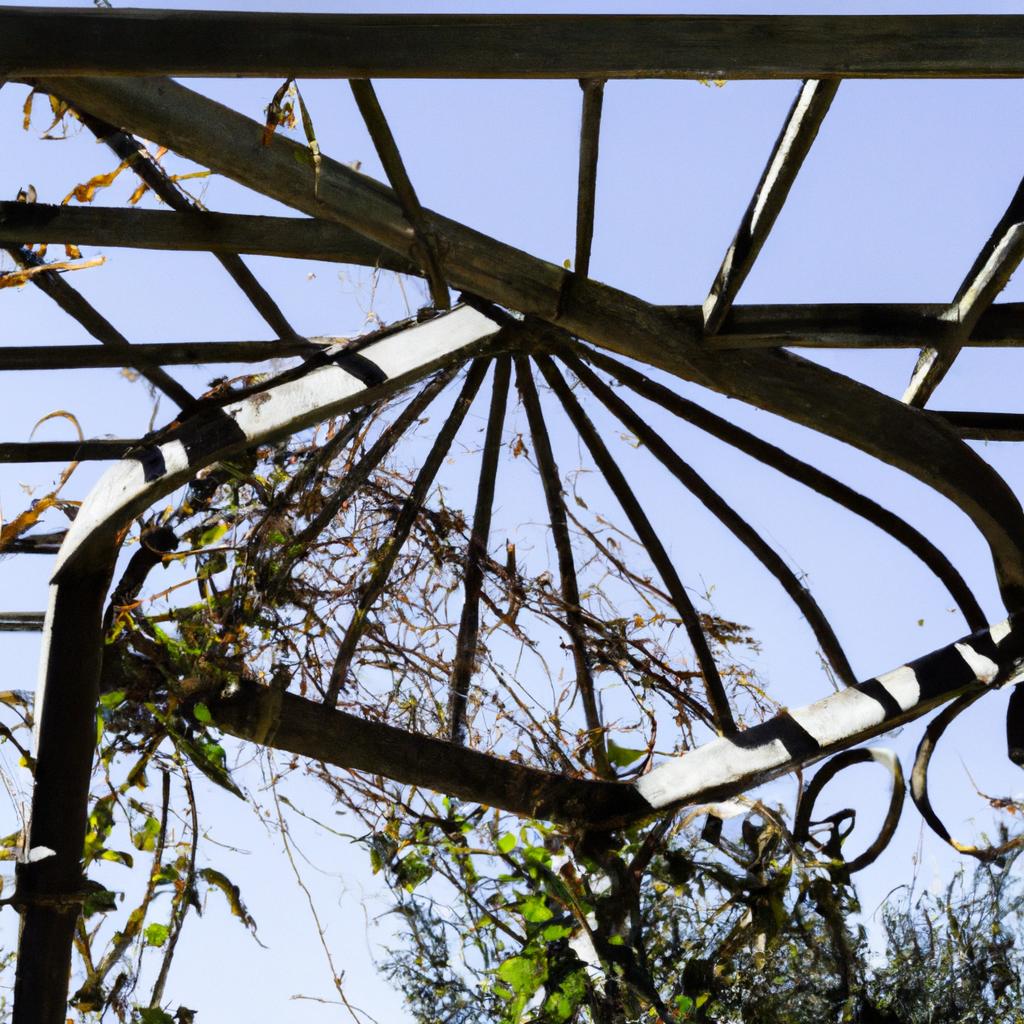
Arbors are a smaller version of a pergola, typically used as an entryway to a garden or pathway. They usually consist of two vertical posts and a horizontal beam, forming an archway. Arbors can support climbing plants and create a beautiful entrance to your garden.
Gazebos
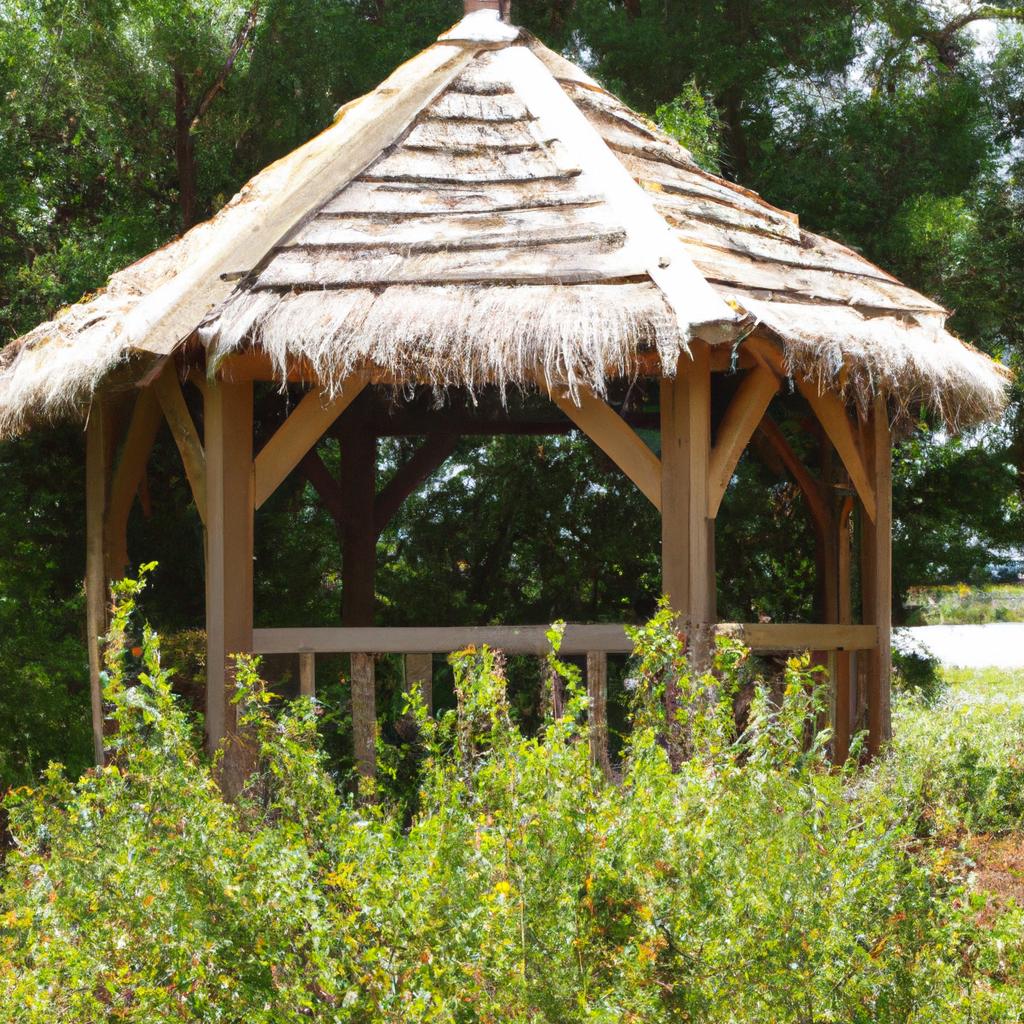
Gazebos are a more substantial garden structure that is usually freestanding and has a complete roof. They can be round, square, or rectangular, and they’re a great option if you want to create an outdoor living space. Gazebos can be used as a dining area, a place to relax and entertain, or a hot tub enclosure.
Trellises
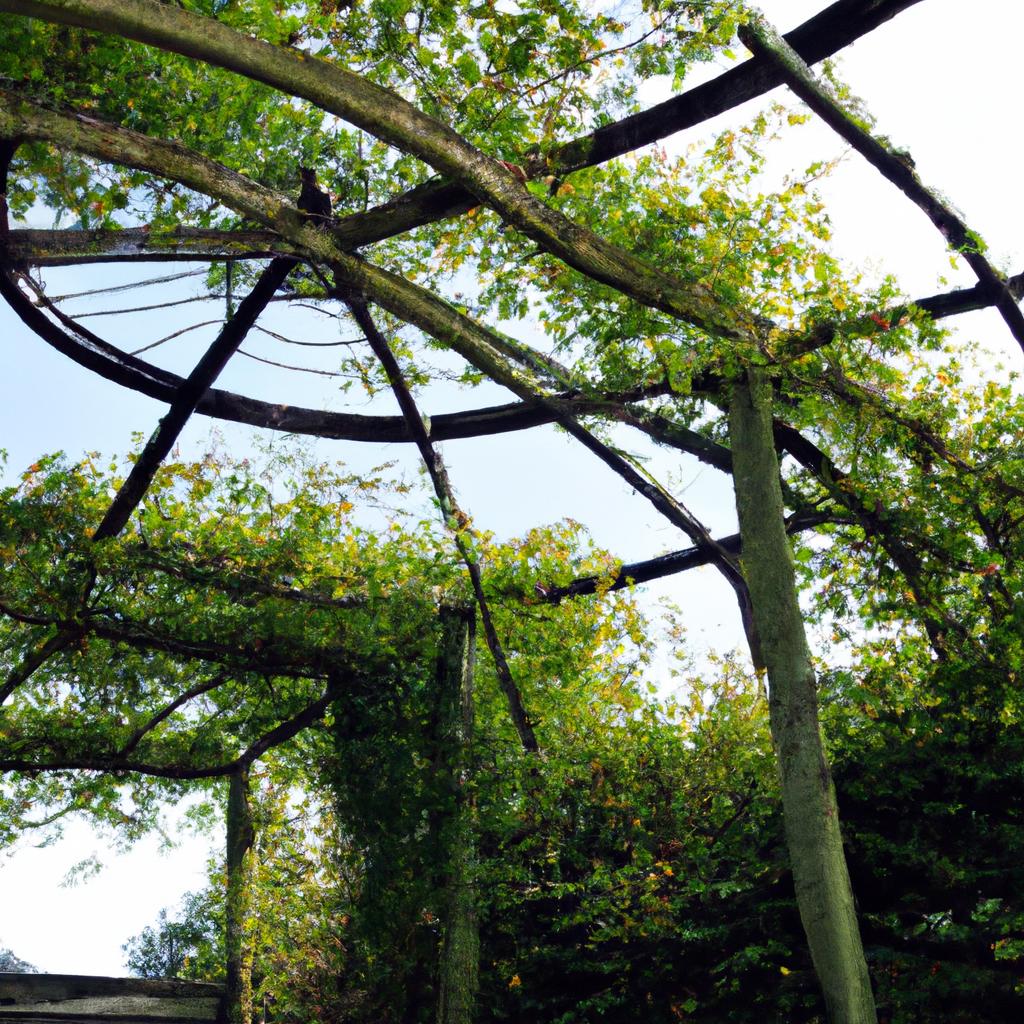
Trellises are a garden structure used to support climbing plants like roses, vines, and ivies. They can be freestanding or attached to a wall or fence, and they come in various sizes and styles. Trellises are an excellent way to add vertical interest and texture to your garden.
Garden Sheds
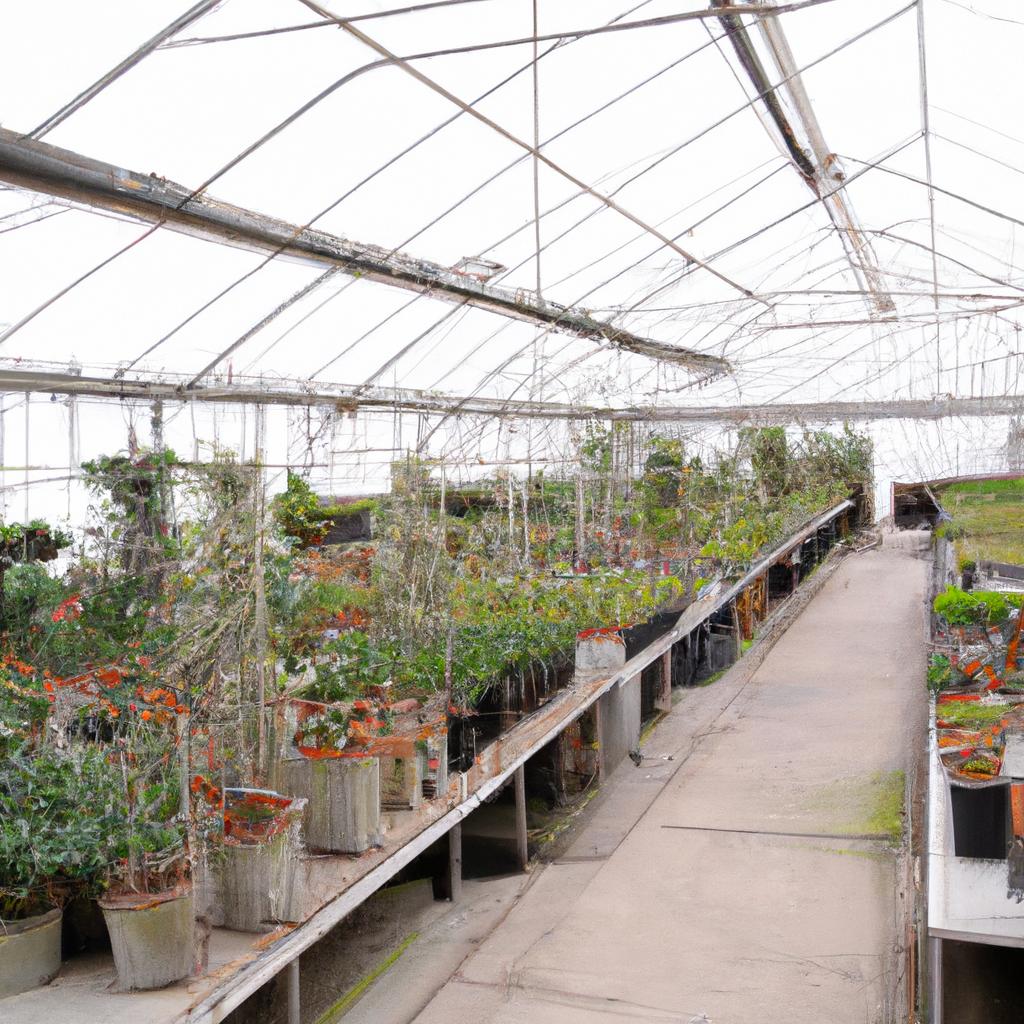
Garden sheds are small structures used for storage, workshops, or as a garden retreat. They come in various sizes, shapes, and materials and can be customized to fit your needs. Garden sheds are an excellent way to keep your garden tools, equipment, and supplies organized and protected from the elements.
Greenhouses
Greenhouses are a garden structure used to grow plants in controlled environments. They come in various sizes, shapes, and materials and can be customized to fit your needs. Greenhouses are an excellent way to extend the growing season, grow plants that are not suited to your climate, and protect your plants from pests and diseases.
Materials Used in Garden Structures
Garden structures can be constructed using various materials, each with its unique strengths and weaknesses. Let’s take a look at some of the most common materials used in garden structures:
Wood
Wood is a popular material for garden structures because it’s affordable, versatile, and easy to work with. Cedar, redwood, and pressure-treated pine are popular choices because they’re resistant to rot and insects. Wood structures can be painted, stained, or left natural to complement the surrounding landscape.
Metal
Metal garden structures are durable and long-lasting, making them an excellent choice for areas with harsh weather conditions. Steel, aluminum, and wrought iron are popular choices because they’re strong and can be molded into various shapes and designs. Metal structures can be painted or powder-coated to protect them from rust and corrosion.
Vinyl
Vinyl garden structures are low-maintenance and long-lasting, making them an excellent choice for busy homeowners. They’re resistant to rot, insects, and weather damage, and they come in various styles and colors. Vinyl structures can be easily cleaned with soap and water, making them an excellent choice for areas with high humidity.
Wrought Iron
Wrought iron garden structures are elegant and timeless, making them an excellent choice for formal gardens. They’re strong and durable, and they can be molded into various shapes and designs. Wrought iron structures can be painted or powder-coated to protect them from rust and corrosion.
Concrete
Concrete garden structures are durable and long-lasting, making them an excellent choice for areas with harsh weather conditions. They come in various shapes and sizes and can be molded into various designs. Concrete structures can be stained, stamped, or left natural to complement the surrounding landscape.
Benefits of Garden Structures
Garden structures offer numerous benefits, making them an excellent investment for homeowners. Here are some of the most significant benefits of garden structures:
Aesthetic Appeal
Garden structures can add an extra layer of beauty and interest to your outdoor space. They come in various styles and designs, and they can be customized to fit your needs. Garden structures can create a focal point, add vertical interest, or complement the surrounding landscape.
Provides Shade and Shelter
Garden structures can provide a shaded spot to relax and entertain, protecting you from the sun’s harmful rays. They can also provide shelter from the rain, allowing you to enjoy your garden even during inclement weather.
Increases Property Value
Adding garden structures to your outdoor space can increase your property’s value, making it more appealing to potential buyers. Garden structures can be a unique selling point, setting your property apart from the competition.
Enhances Garden Functionality
Garden structures can enhance the functionality of your outdoor space, making it more usable and enjoyable. They can create a cozy seating area, a dining space, or a play area for children. Garden structures can also support climbing plants and create a habitat for wildlife, enhancing the overall health of your garden.
Choosing the Right Garden Structures
When selecting a garden structure, it’s essential to consider what purpose it will serve. Do you want a seating area, a place for climbing plants, or a storage shed? Once you’ve determined the purpose, evaluate the location. Consider the amount of space you have available, the terrain, and the surrounding landscape. Determine the size of the garden structure you need and make sure it fits comfortably in the space you have available.
Choosing the appropriate materials is also crucial. Different materials have different benefits and drawbacks. Wood is a popular option because it’s natural, versatile, and easy to work with. Metal structures are durable and long-lasting but can be prone to rust. Vinyl structures are low-maintenance, but they’re not as durable as wood or metal. Wrought iron structures are elegant and durable but can be expensive. Concrete structures are robust and long-lasting but can be challenging to move or customize.
Maintenance and Care
Regular cleaning is essential to keep your garden structure looking its best. Depending on the material, cleaning may involve power washing, scrubbing, or sanding. Repairs and replacements may also be necessary from time to time. Wood structures may need to be re-stained or sealed every few years to protect them from moisture and insects. Metal structures may need to be repainted or treated with rust inhibitors to prevent corrosion. Vinyl structures may crack or fade over time and may need to be replaced.
Protecting your garden structure against weather elements is also crucial. In areas with heavy snow or rain, it’s essential to remove any excess weight from the structure to prevent damage or collapse. In high-wind areas, it may be necessary to secure the structure with anchors or stakes. Providing shade and ventilation can also help protect your garden structure from excessive heat and humidity.
In conclusion, choosing the right garden structure can enhance your outdoor living space and provide numerous benefits. Consider the purpose, location, size, and materials when selecting a garden structure. Regular cleaning, repairs, and protection against weather elements are necessary to keep your garden structure looking and functioning its best. At TooLacks, we have a wide range of garden structures to suit any style and budget. Visit our website to learn more and enhance your outdoor living space today.
